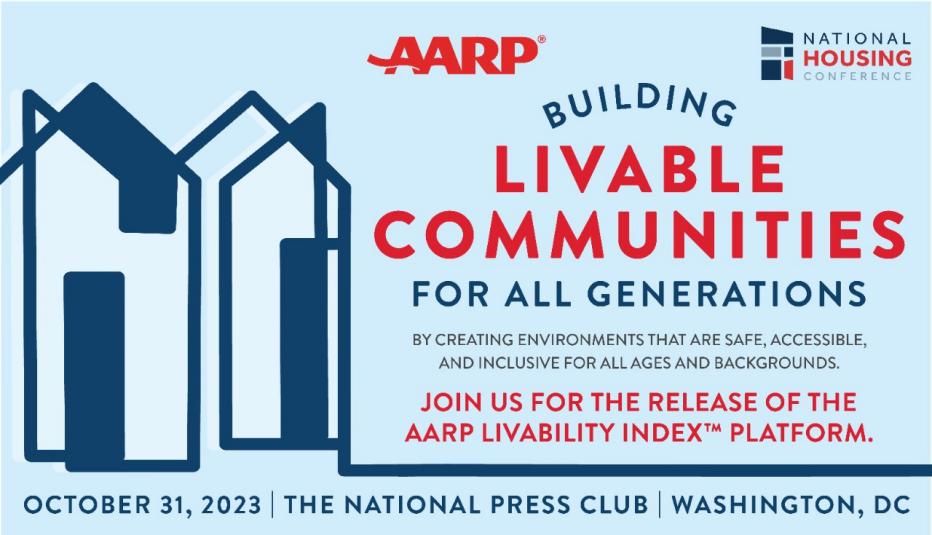AARP Hearing Center
Shannon Guzman, AARP Public Policy Institute
In less than 15 years, one in five Americans will be age 50 and older. Our rapidly aging population will have a vast impact on our communities and how well suited they are to meet our range of needs at every life stage. Older adults want to remain in their homes and communities as they age. However the risk of developing health issues can increase with age and our homes must be able to support family members that might develop a disability.
Right now, many homes across the country contain physical barriers that keep people isolated: difficult to move from room or room, have walkways and hallways too narrow to accommodate a wheelchair or lack features that allow people to bathe without significant help. Therefore it’s imperative that we find and implement solutions to make homes safer and easier to navigate, especially for people with limited mobility.
This publication raises awareness about the need for universal design and visibility features that make homes more accessible for older adults and their families and also highlights actions that communities can take to encourage the creation of more accessible housing.
Future of Housing:
MORE FROM AARP


Forum: Building Livable Communities for All Generations
On October 31, 2023, AARP and the National Housing Conference (NHC) co-hosted “Building Livable Communities for All Generations,” an in-person and online event to discuss the importance of creating communities that are safe, accessible, and inclusive for all ages and backgrounds.


Burlington Residents Provide Insights for Livability Improvements
Most Burlington residents appreciate the positive attributes of their neighborhoods and do not want to leave. However, there is concern about the high cost of living, including housing, which is a driving factor among those who want to leave their neighborhood.




























































